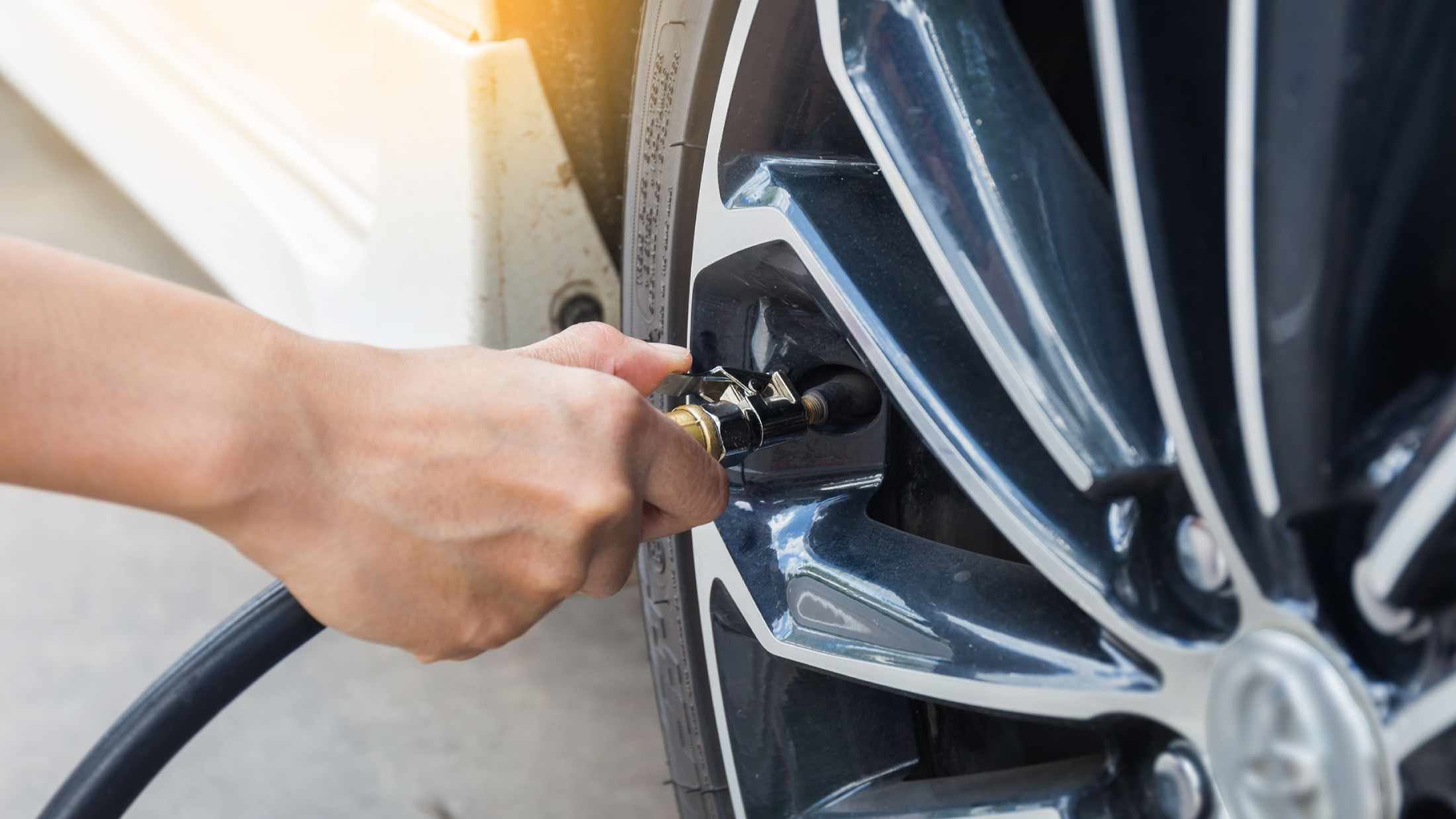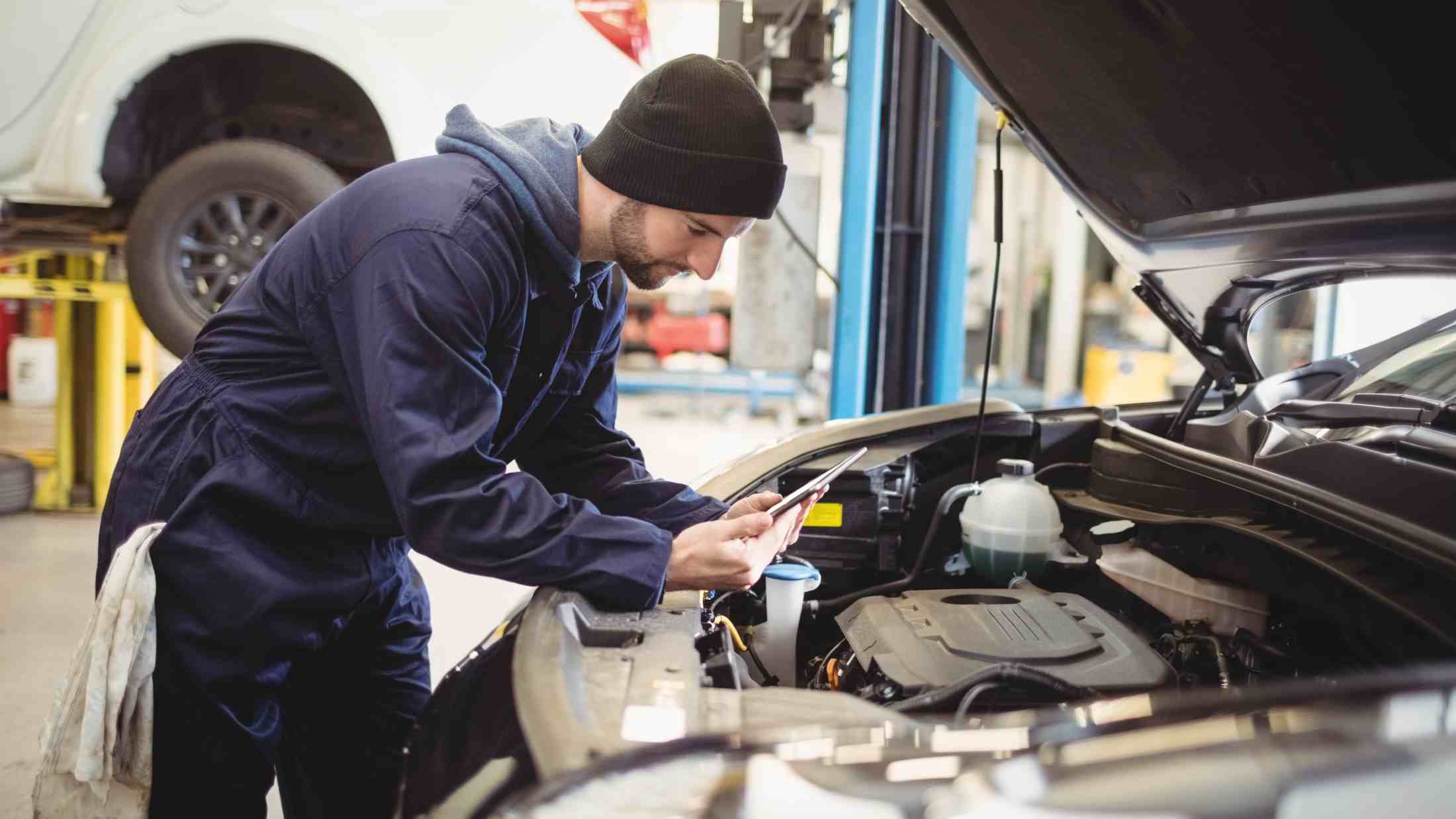There may come a time when you need to keep your car off the road. Perhaps for health reasons, maybe you’re waiting to sell it, or perhaps we’re locked down in the middle of a pandemic. Whatever the reason, you will want to make sure it's kept safe and secure.
How long can you let a car sit without driving it?
Even if you aren’t planning on using your car, you should generally drive it every two weeks. This will help stop the car’s battery from running out. It’ll also keep the engine lubricated and prevent flat spots developing in your tyres.
However, if you plan to let your car sit for longer, the below steps will help you keep it safe and protected.
Tips for laying up your car
Tax, insurance and documentation
When you’re not using your car for a significant length of time, you might want to declare your car off the road. This means that you don’t have to pay road tax or car insurance. To do this, you need to submit a Statutory Off-Road Notice (SORN) to the DVLA.
Storage
If your car is under SORN, legally, you must keep it off the road. If the car is kept on a road or other public place, you'll still need to keep it taxed and insured.
If you happen to have a garage, this will, of course, be the safest place to keep your car. You'll want to make sure there is plenty of ventilation so that the interior doesn't get mouldy. Try opening the car's windows just a few centimetres.
If you plan on keeping your car outside, for example on a private drive, try using a cover to protect your car from the weather. You can pick one of these up online or at any auto retailer.
Security
There are a few things you can do to keep your car secure whilst its kept at home, especially if you’re away. Keep the car locked in a well-lit area and consider a visible dashcam to help deter any thieves. Remove any valuables that could encourage someone to break in, such as mobile phones and wallets.
If someone does try to steal your car, a strong steering lock will make it a lot more difficult for them. Chances are, thieves will see the steering lock and move on.
Fuel, oil and coolants
If you won’t be driving your car again for a couple of months, it’s best to refresh the oil and coolant when laying up. It's important to note that changing the oil and collant may require the help of a professional; however, if you are using the right anti-freeze coolant, this should last several months. If left unattended for too long, these can damage your car. You’ll also want to make sure the car is filled up with fuel, as this will ensure condensation doesn’t develop in the fuel tank.
Maintaining your car
Brakes and tyres
If you’re keeping your car in a secure, private area, it’s a good idea to turn the handbrake off if it’s sitting on a flat surface. That will stop any unnecessary tension on the brakes, which can cause them to wear over a period of time. It’s also a good idea to roll your car back and forward a metre or two every now and then. Not only will this stop your brakes from seizing but will stop flat spots developing on your tyres.
Battery
Car batteries will discharge if they’re left too long without using the engines power to recharge. You may find that you’ll have to perform a jump start, or even buy a new battery, if it is not properly maintained. To prevent this from happening, you might want to use a trickle charger.
If you can’t get your hands on one, start your car once a week and let the engine run for around 15 minutes. This will also let oil and fuel circulate round the engine. Of course, don’t do this in an enclosed garage either, and don’t turn the engine on and off in quick succession. The battery will need sufficient time to recharge after using power to turn on.
It's important that you don't leave your car unattended while you let the engine run. If you do, you won't be covered by your insurance for any damage or if it's stolen.
Electric vehicles
If you own an electric vehicle or hybrid vehicle, you might be able to keep the battery topped up by plugging it into the mains charger. If not, pressing the start button so that the ready light comes on will help to charge up the operating system. You should do this once a week for around 10 minutes. It’s worth checking your car’s handbook for more model-specific information.
Getting back on the road
When you’re ready to get back out on the road, there are a few things you’ll need to do to make sure your car is ready, and your documents are in order.
Fuel
If the car hasn’t been driven for a while, it’s best to drain old fuel from the tank and replace before driving again. You can pruchasre a drainage pump online that will allow you to do this. However, if you're not confident draining the engine yourself, then it's always best to get some help from a professional.
Old fuel loses vital components over time and using this can damage the engine.
Brakes and tyres
Make sure the air pressure in your tyres is at the appropriate level for your car — you'll find this information in your car's handbook. This might also be a good time to check your tread to make sure your tyres are still road safe and legal.
Under the bonnet
As well as making sure the oil and coolant is topped up, make sure there’s nothing nesting under the bonnet. Check any accessible pipes and cables to make sure no unwanted guests have chewed through them. If you're not sure what you're looking for, it's always worth asking a professional to have a look for you.
Documents
To be able to drive your car legally on public roads, you must remove the SORN and pay any road tax that you owe. You’ll also need to ensure your MOT certificate is still valid, if it isn’t you’ll need to get a new MOT test to renew it. Once all of this is sorted, you’ll need to insure your car. If it’s no longer insured, you’ll need to take out a new car insurance policy.












